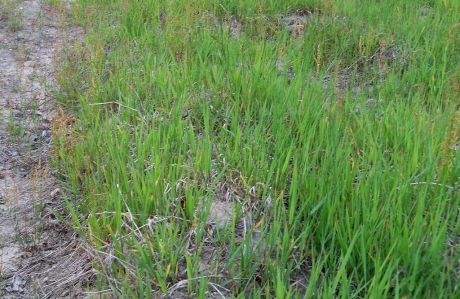Semi-natural habitats on farmland provide the surrounding environment
with important pollinators and natural predators of insect pests, help
prevent soil erosion and have socioeconomic benefits. Collectively,
these contributions to agricultural productivity and environmental
protection are known as ecosystem services (ESs).
A wide variety of habitats exist within agricultural landscapes, and the biodiversity that they support along with their contributions to ESs is not clear. The EU-funded
QUESSA (Quantification of ecological services for sustainable agriculture) project aims to accurately model the ESs provided by different semi-natural habitats to inform farmers and regulators on how best to exploit them.
QUESSA is looking at traits, size and spatial patterns of vegetation in key habitats across different cropping systems, farming intensities and agro-climatic zones. ES delivery is being measured in 16 case studies to quantify ES levels and inform models showing opportunities and drawbacks to ES provision by different habitats.
Each case study will concentrate on the main ESs required for locally important cropping systems. To this end, researchers mapped landscape compositions and developed templates for measuring aspects like the impact of pollinator and natural enemy abundance on crop yields.
To date, QUESSA has collected detailed data on vegetation composition, habitat structure for each semi-natural habitat type and the ES providers that they support. Researchers will score these habitats to make predictions about their contributions to ESs, especially pest control, pollination, soil erosion and socioeconomic benefits.
Next, they confirmed their predictions by measuring actual ES levels provided by each habitat, and will adapt their scoring system for use in modelling. These models will explore the complex interactions between type of farming system, semi-natural habitats and ES delivery across different landscape scales.
QUESSA's results will be used to develop guidelines for farmers on how best to use ESs from semi-natural habitats within and around their farms. The project will also provide its model as a web-based tool to help advisors and policymakers optimise strategies for managing semi-natural habitats.

